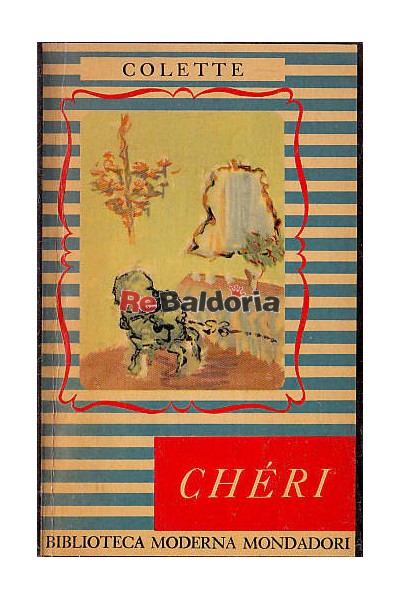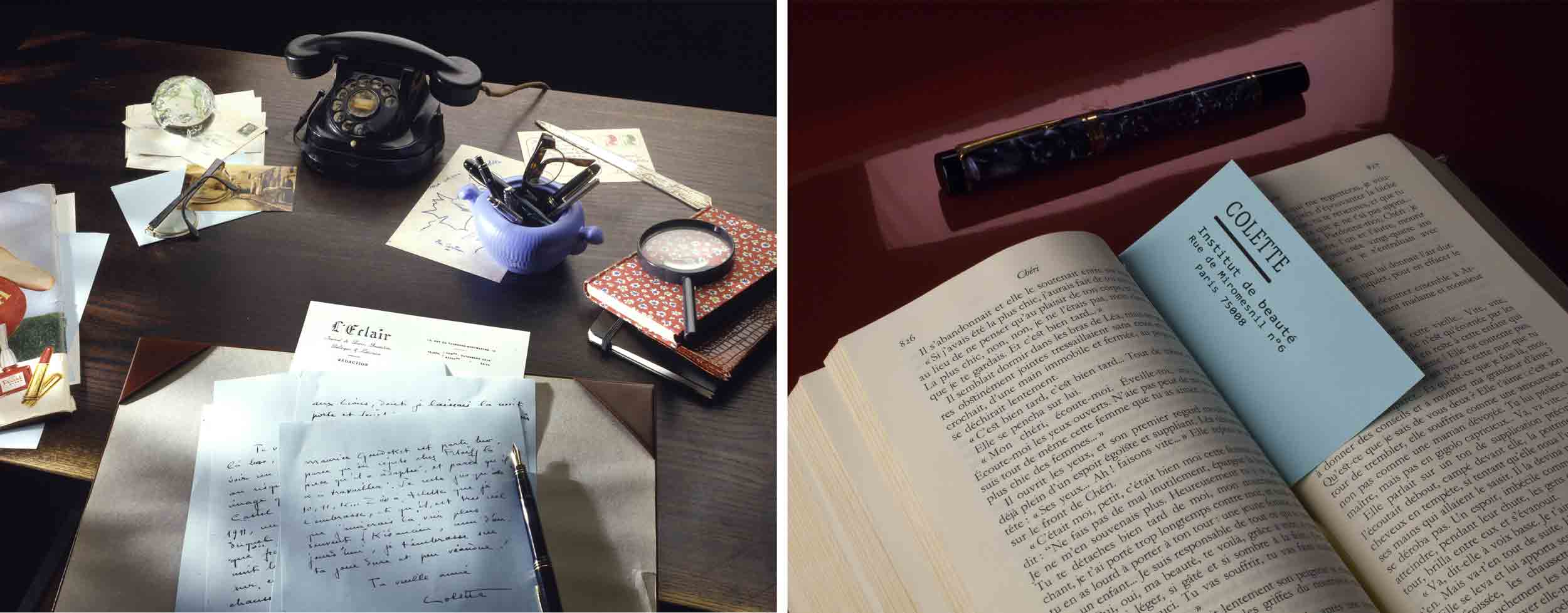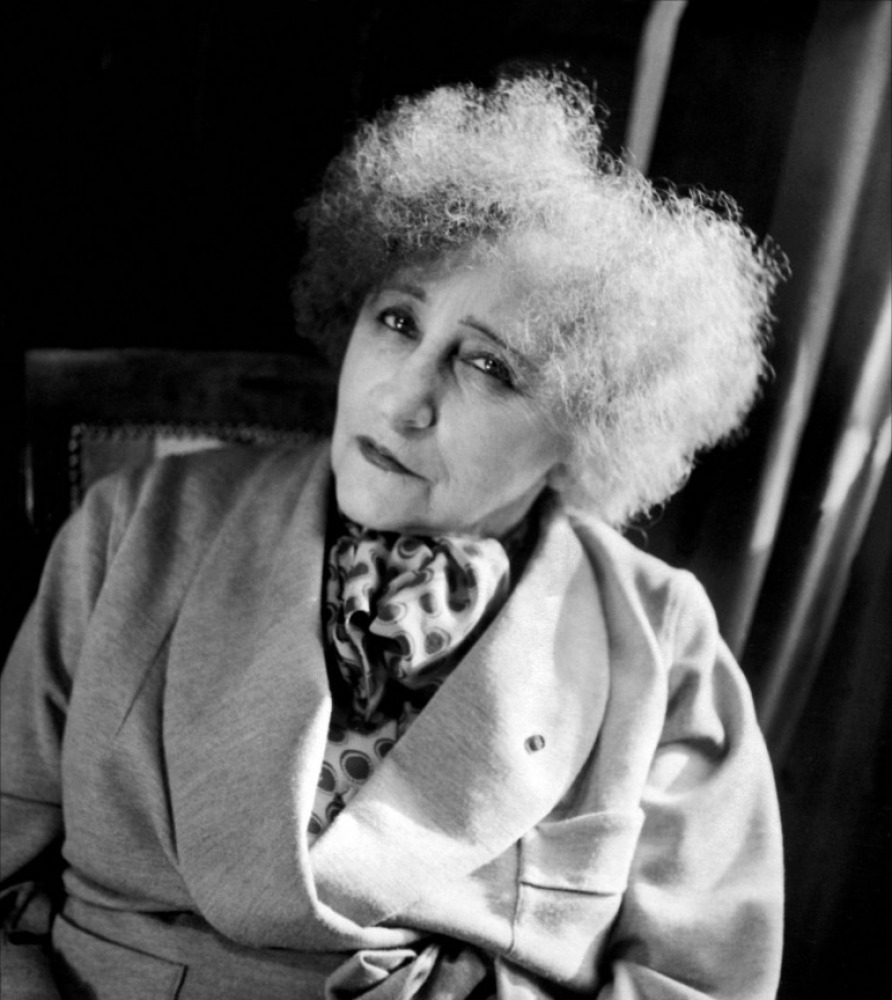

She was born Sidonie-Gabrielle Colette in 1973 in the Burgundy village of Saint-Sauveur-en-Puisaye, to Sido and Jules-Joseph Colette, a Zouave who had lost his leg in the Second Italian War of Independence (also called the Franco-Austrian War). So when this new translation of Chéri and The End of Chéri by Rachel Careau came along, I was propelled to rethink Colette’s place in the canon. And her work was not just rooted in a delight for - to the point of nostalgia - a paradisaical childhood.

She pushed sexual boundaries farther than anyone of her time, and she had an obsessively narcissistic streak - what Angela Carter (whom I trust) described as “an uncompromising zeal for self-exploitation” so that “she must always be on stage.” After she stopped writing fiction and turned to more essays, memoirs, and journalism, Colette continued to be a canny user of other people, perhaps no one more than her third husband, who became her anchor as she grew older and sicker. The most recent was the 1958 MGM musical blockbuster starring Leslie Caron.īut, as the years passed and I learned more about Colette, I realized that this feisty woman, adored by so many, especially in France, was much more complicated than she seemed when I was young. Grace also noted the apparently charming whitewash of Colette’s time “on the halls,” both in the 1942 novella Gigi, which had been made into a film, not once but twice. One of my most vivid memories of working with Grace Paley at Sarah Lawrence in the early ’70s (I got my MFA from there in 1975) was hearing her speak with tender affection about My Mother’s House and Sido. And her indignation when we talked about the Claudine books, that “her horrible first husband Willy claimed to have written after he locked her in a room until she had produced a certain number of words every day.” Then how that gutsy Frenchwoman had written about the most mundane details of domestic life, thus making it easier for us to write our domestic tales, as well. Like many female writers of the 20th century, Colette received a real boost during the women’s rights movement of the ’60s and ’70s.

A superb new translation in one volume of the two Chéri novellas, regarded as Colette’s masterwork.Ĭhéri and The End of Chéri by Colette, Translated by Rachel Careau.


 0 kommentar(er)
0 kommentar(er)
